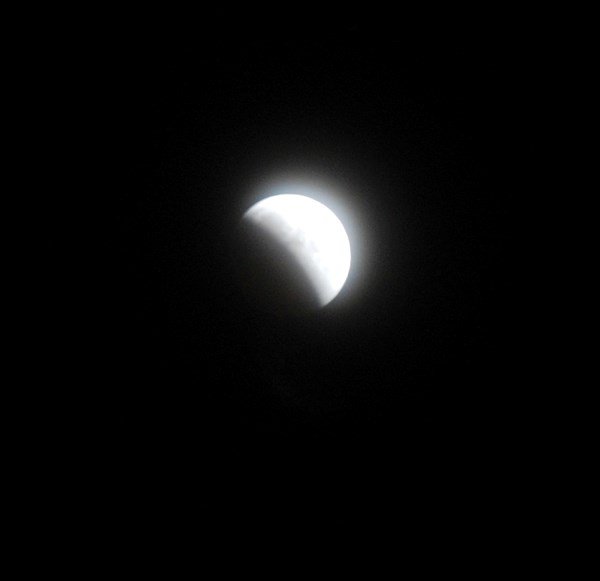The best night of the year to see the full moon saw it turn a bright shade of red as a total lunar eclipse coincided with the winter solstice for the first time in 372 years.
Total lunar eclipses are rare but not uncommon; the next such eclipse will occur on June 15, 2011, although another lunar eclipse will not be visible from North America until 2014.
What was noteworthy about the Dec. 21 lunar eclipse was its coinciding with the winter solstice, an event that has not occurred since 1638.
Dr. Martin Connors, Canadian chair in space science, instrumentation and networking at Athabasca University, was unable to see the lunar eclipse, as he was returning from a trip to Los Angeles and the weather was too cloudy to observe it.
The winter solstice refers to when the Earth’s axial tilt is the furthest away from the sun. As part of the solstice, the full moon was at its highest point in the night sky, Connors said.
That’s the significance of the eclipse coinciding with the solstice; the moon was in the best position possible to actually see it for the casual observer.
“It’s pretty rare for it to happen on that particular day,” said Connors.
The eclipse began at roughly 10:32 p.m., when the moon began to enter the Earth’s penumbral shadow, which resulted in a darkening of the moon’s edges.
Roughly an hour later, the moon then passed into the Earth’s umbral shadow — the darkest shadow cast by the Earth, in other words. Observers would note a dimming of the moon’s light.
At 12:41 a.m., the moon turned an orange-red shade that lasted for approximately 72 minutes. This effect was caused by the Earth almost completely blocking the sun’s rays.
An observer standing on the moon and looking back at the Earth would see a ring of red light around the planet.



